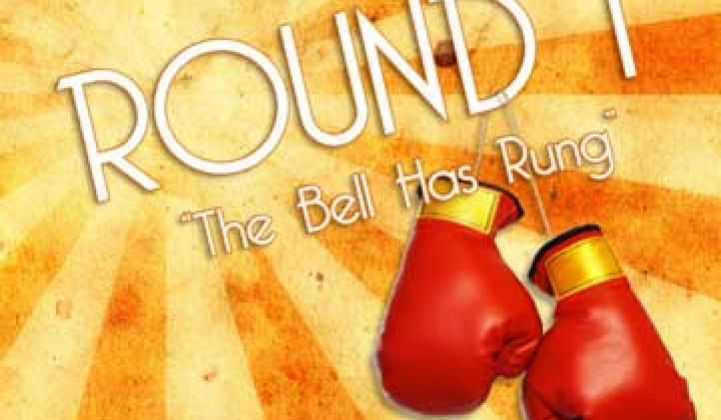Late on Thursday, the Federal Energy Regulatory Commission weighted in on the double counting issue that has sent EnerNOC (and its stock price) into a tizzy.
The regulatory commission, after a request from EnerNOC to clarify the issue, announced it was treating the PJM Joint Statement as if it had never been issued and that EnerNOC and other curtailment service providers would be allowed to continue in the market as they had before. No penalties will be imposed.
Essentially, business will continue as usual, at least for now.
FERC also acknowledged that PJM had convened a stakeholder process on this issue and it was through that channel that any further clarifications on payments and counting methods would be clarified. This might not even happen for the 2011/2012 energy year, which starts on June 1.
“EnerNOC is pleased that the Commission has delivered a swift order to bring clarity to this issue for the upcoming delivery year. We continue to assert that a customer’s compensation for demand response should be based on actual, verified load reduction, consistent with PJM’s existing market rules, and should not be limited by the customer’s demand for electricity in the prior year,” David Brewster, President of EnerNOC, said in a statement
In fact, EnerNOC’s CEO told Greentech Media that, if anything, it’s an issue of underpayment.
The news was well received in the investor community, which expects to see EnerNOC’s stock price climb back after this kerfuffle.
Although business will continue as usual, both sides would welcome some clarity in the rules. EnerNOC was not named in the original filing, nor were any other CSPs, but this issue is certainly not unique to EnerNOC, as Dan Pfeffer, VP of Investor Relations for Comverge, noted during a recent talk in New York City.
Even though the issue is not totally resolved, EnerNOC and other DR providers have a lot of to focus on outside of the PJM Interconnection. Shaving peak megawatts is now just one aspect of the business, and players like Honeywell and Johnson Controls continue to make plays to get into demand management. EnerNOC says that 5 percent of its revenue comes from outside of DR, a figure that it hopes to grow to 20 percent in the next two years. To do that, it will have to have to continue to build a suite of offerings to take on its biggest rivals while still managing its core business.
Demand Response

EnerNOC Wins Round One Against PJM
FERC rules that EnerNOC will not be penalized and business will continue as usual.

EnerNOC Wins Round One Against PJM
Photo Credit: saint-rebel.com
-
41Where Will DOE’s Loan Program Make the Next Climate Tech Investments?
-
15What the Frack Is Happening With Natural Gas Prices?
-
9With an Energy Crisis Brewing, No Peak in Sight for Emissions


